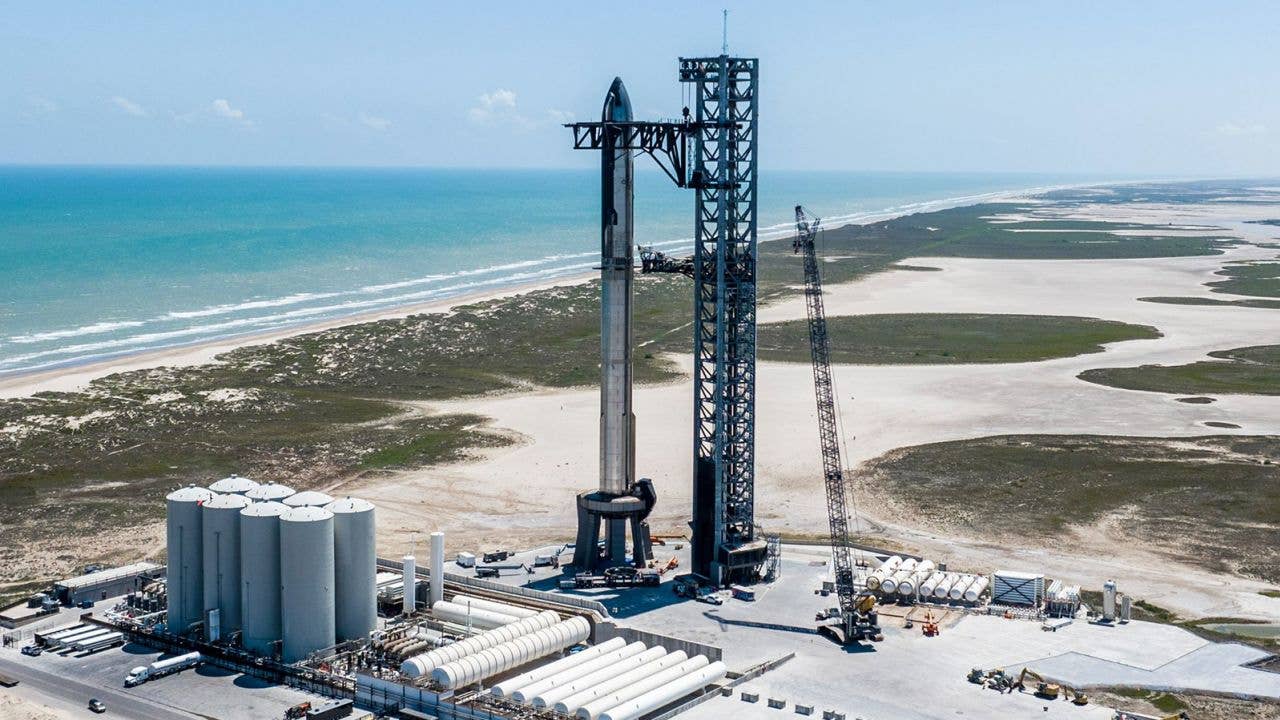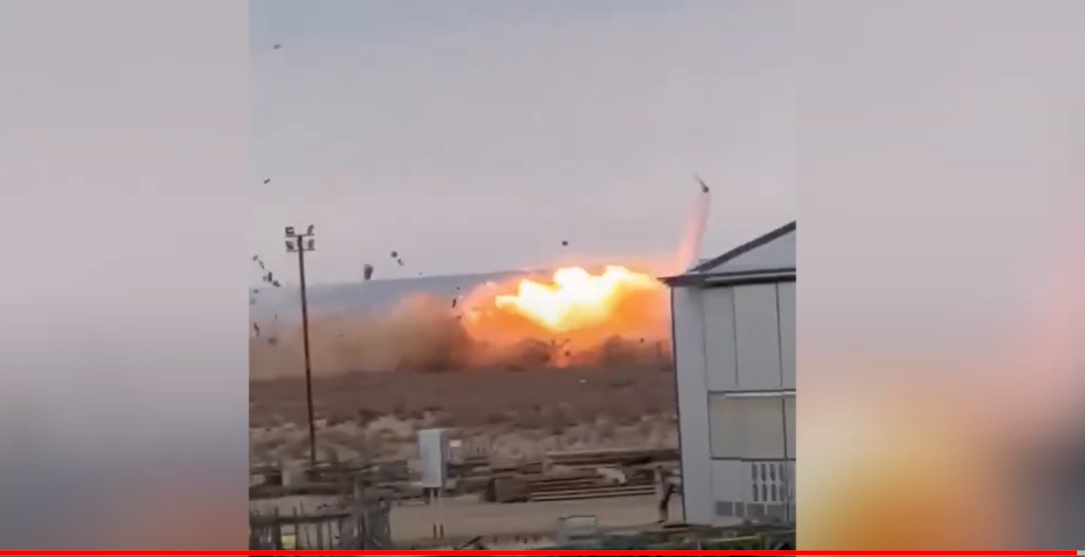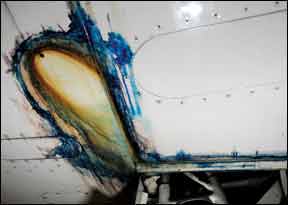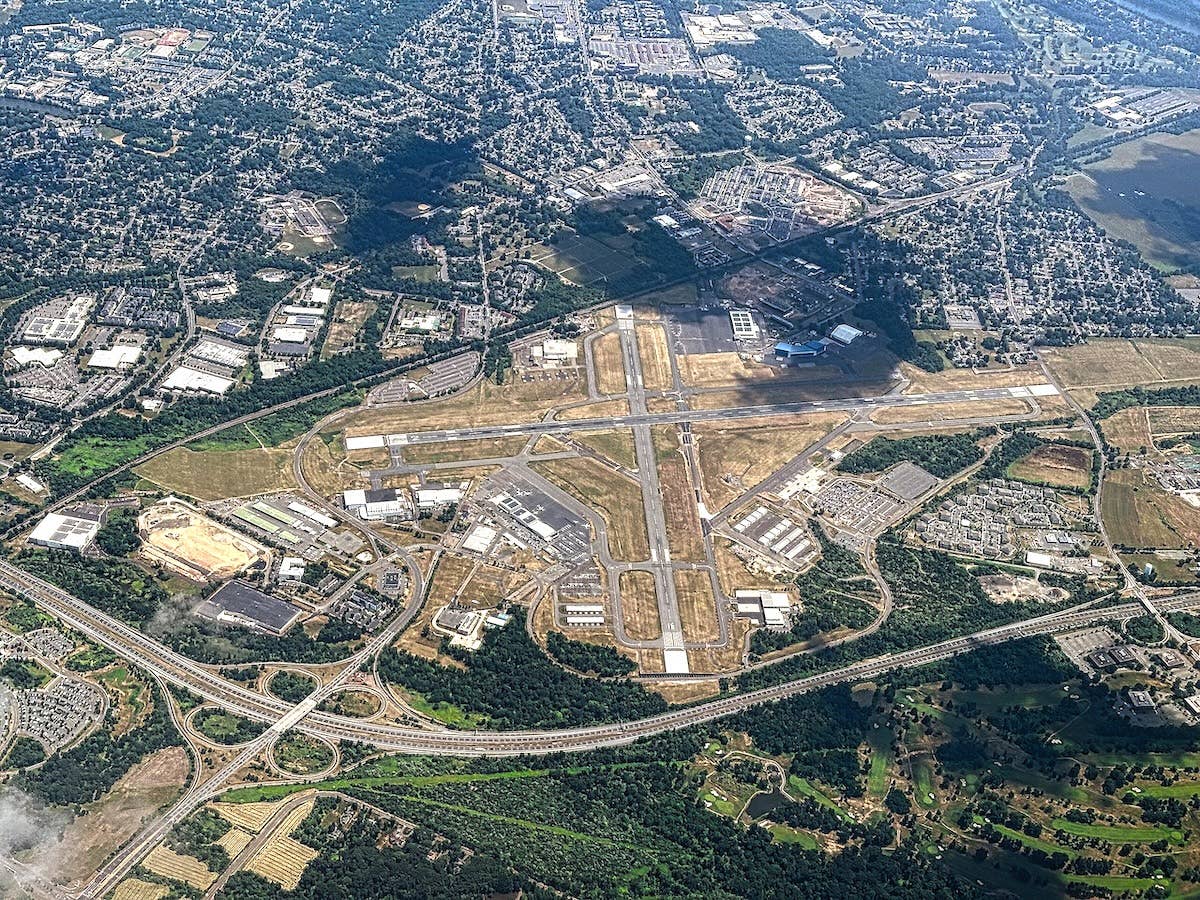FAA Orders 63 Fixes For SpaceX’s Starship (Corrected)
The FAA has ordered SpaceX to fix 63 deficiencies in its Starship megarocket system before it can attempt another launch. Earlier this week the company said it was ready to…

The FAA has ordered SpaceX to fix 63 deficiencies in its Starship megarocket system before it can attempt another launch. Earlier this week the company said it was ready to take a second crack at getting the Starship into orbit after a spectacular failure in April. The agency said Friday that its joint investigation into the launch, which began with substantial destruction of the Boca Chica, Texas, launch site and ended four minutes later with the explosion of the rocket over the Gulf of Mexico, has concluded.
“The closure of the mishap investigation does not signal an immediate resumption of Starship launches at Boca Chica. SpaceX must implement all [63] corrective actions that impact public safety and apply for and receive a license modification from the FAA that addresses all safety, environmental and other applicable regulatory requirements prior to the next Starship launch,” an FAA statement said. SpaceX also issued a statement saying it was "ready to launch."
The FAA wants SpaceX to prevent the launch pad from blowing to pieces under the blast of the rocket's 33 engines, and it also wants systems on the spacecraft to be upgraded to "prevent leaks and fires" and to analyze and test onboard safety systems. It's believed a leaky fuel tank resulted in a fire that cut communications between the computer and the main booster. That prevented the first stage separation and also the autonomous flight control system that should have blown up the rocket. Instead, it tumbled out of control and blew up on its own.
Musk says SpaceX has "thousands of upgrades" to the entire system including a flame deflector on the launch pad and redesign of systems on the rocket to make them more robust. He has not commented on the FAA statement regarding the 63 deficiencies and it's not clear how long it will take to satisfy the agency's requirements.
An earlier version of this story incorrectly said the SpaceX system will be used for the first crewed Artemis mission to the moon in 2025. The SpaceX HLs lander will be used but the SLS booster will be the first stage.






